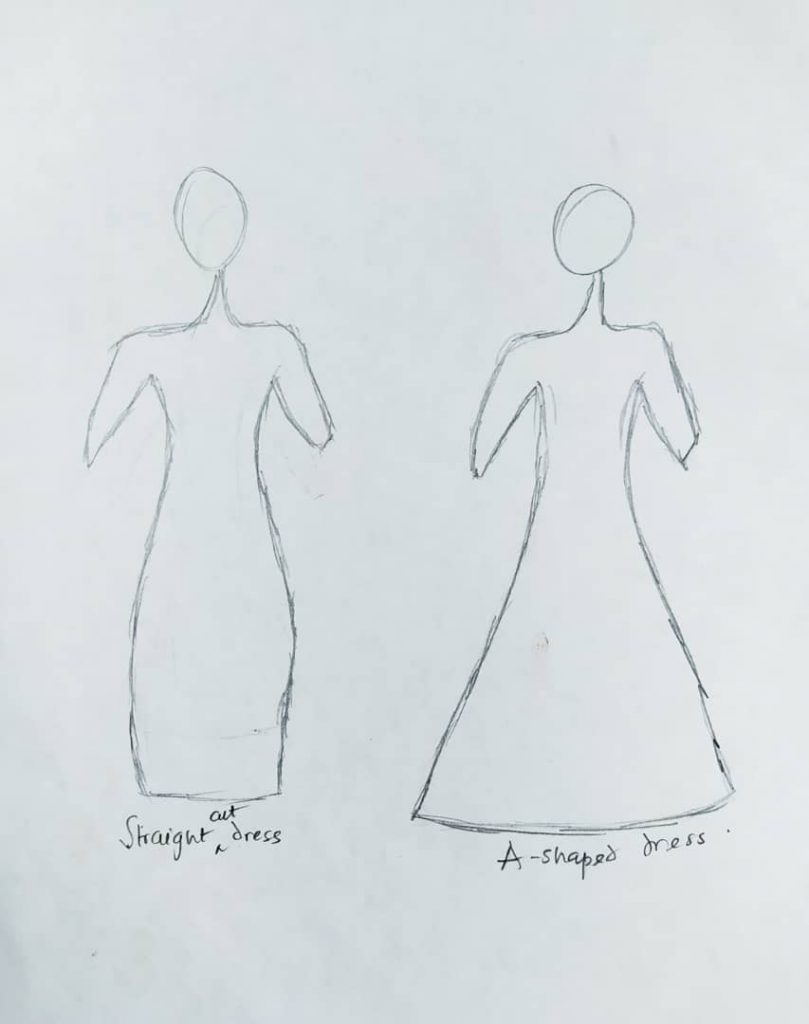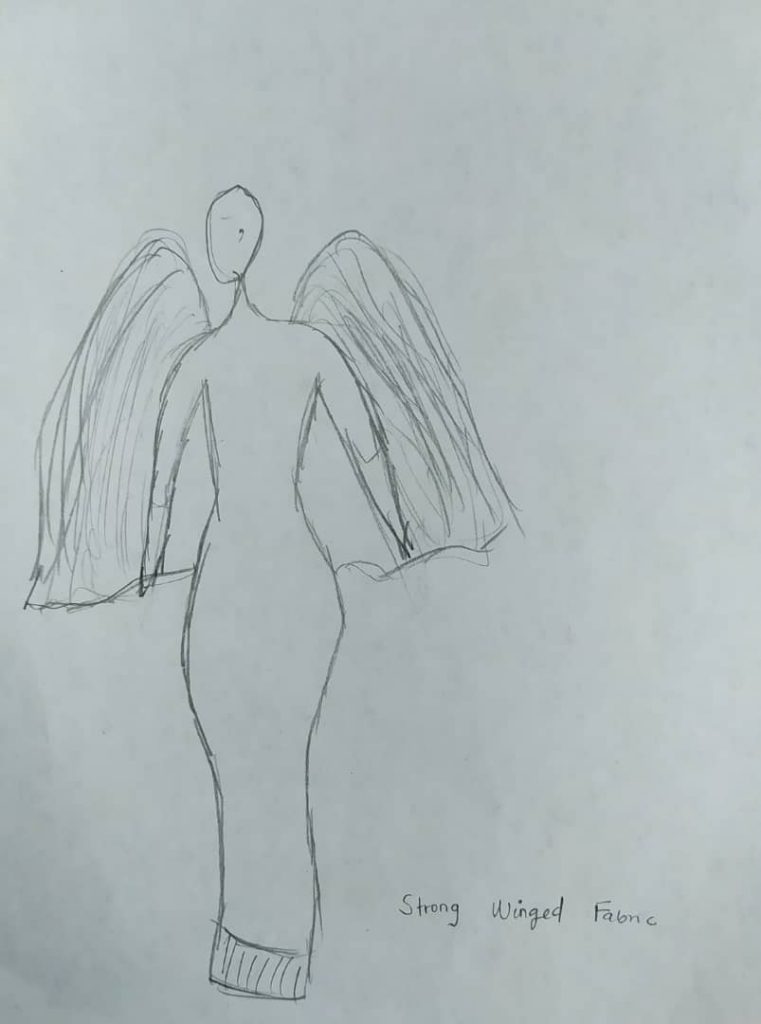Part 1: Precedent research
Example 1
The Bio Collar is an optical kinetic display of the status of the wearer’s heart rate. The emitted color from the embedded LED and its rate of motion depicts the condition the heart is. If the LED movement is fast, it shows that the heart rate is high and possibly the wearer is not in a calm state of mind and vice versa.
I found this to be very interesting and useful as it can be used as a tool to measure the state of a person’s heart rate. (It can be used as an assistive device for someone that is dumb or a communication medium for someone in a state of danger).
Example 2
The wearable chair is a chairless chair that is portable and flexible enough to fit human body.
It comes in various sizes which means it can accommodate all types of weights and body shapes. It is strapped to the shoulder and leg of the wearer so that it can be easily adjustable.
Example 3
This technology wear is a multiple dresses in one concept.
One dress can be changed into two or more styles technically without any inconvenience to the wearer. I love this concept because it can allow the designer to bring together into one piece different styles without having to replicate the whole sewing process all over again.
Part 2

The idea of this is to control the shape of the cloth from a straight cut to an A-shaped using the rate of the heartbeat as the accelerator. The straight cut is to widen out to form the A shape. The width the dress spreads or moves out to is dependent on the heartbeat rate. If it expands almost immediately and not gradually, then the heart is moving in such a rapid motion.

The concept behind this idea is that the wings at the back should be inflatable, possible big enough like that of parachute in order to be able to lift up the weight of the wearer. The size of the wings and how inflated it would be would be dependent on the weight of the carrier and the maximum height it should attain. At least, doubling the height of its wearer.

This idea was birthed from my passion of making wearable as easy as possible for the handicapped, especially in measurement taking. Usually, tape rule is run through a human body to take his or her measurement. However, for those on a wheel chair, it is not easy to take the measurement in that sitting position. This material is meant to be able to clamp easily around any body shape, in this case the bent knees (and sometimes the waist). The material is then straightened out to read the measurement. The amount of surface that would be clamped is dependent on the body size.
Leave a Reply
You must be logged in to post a comment.